Klondike Gold Rush National Historical Park Seattle Unit
Introduction
Text-to-speech Audio
Housed in the historic former Cadillac Hotel building in Seattle’s Pioneer Square neighborhood, the Seattle Unit of Klondike Gold Rush National Park is an interactive and interpretive museum. The park highlights the journey that gained popularity among wealth seekers in the late 19th century. Through hands-on and educational displays, exhibits, and activities, visitors can learn what drove this frantic Northern stampede, the journey the trekkers faced, and the results of the pilgrimage. The building itself was constructed in 1889 and is a fine example of Victorian and Italianate architecture.
Images
The historic Cadillac Hotel is now home to the Klondike Gold Rush, Seattle Unit National Park
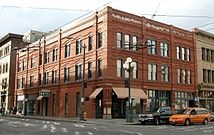
1897 Prospectors' Manual
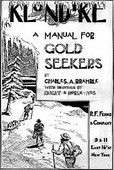
Klondike Gold Rush National Park Seattle Unit Entrance
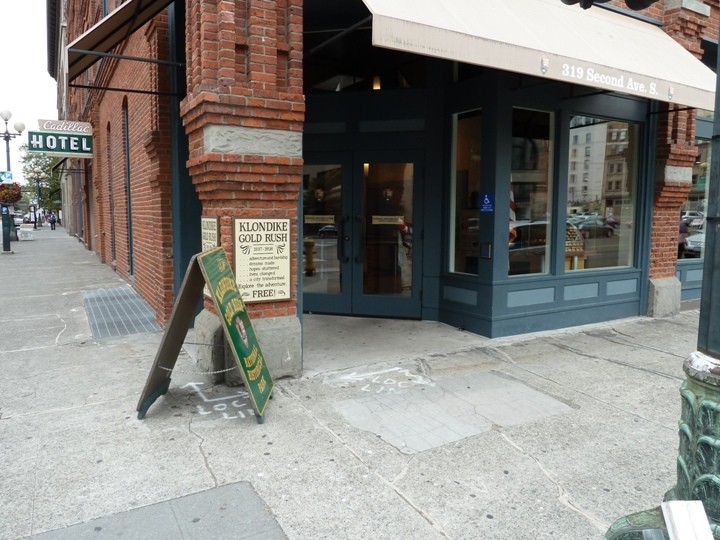
Klondike Gold Rush National Park Seattle Unit Entrance Sign
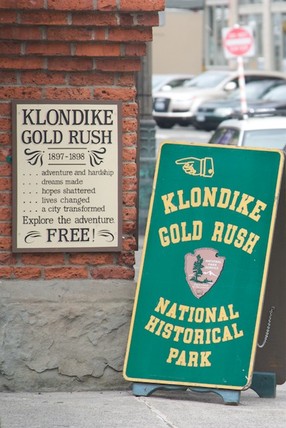
Historical Rendering of the Klondike Gold Rush National Park Seattle Unit

Klondike Gold Rush National Park Seattle Unit Entrance
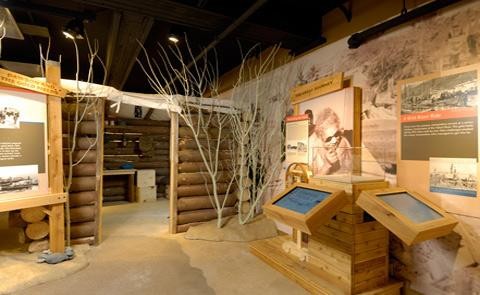
Klondike Gold Rush National Park Seattle Unit Entrance
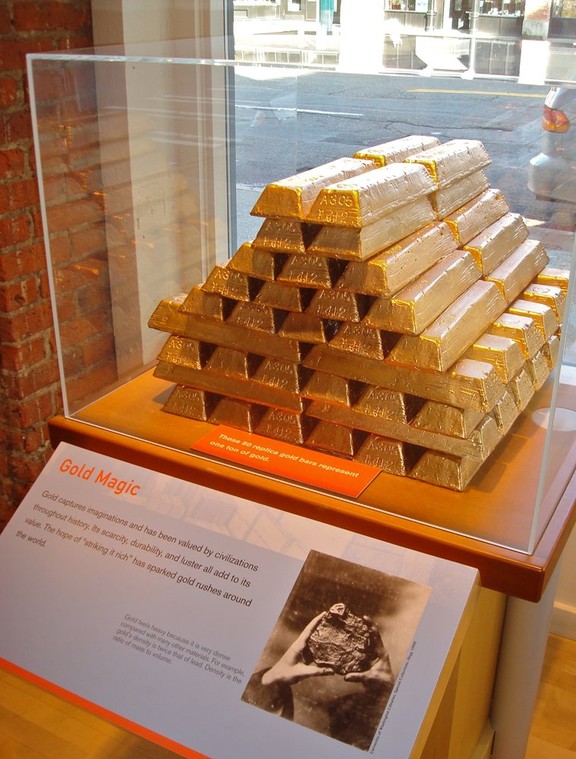
Klondike Gold Rush Map
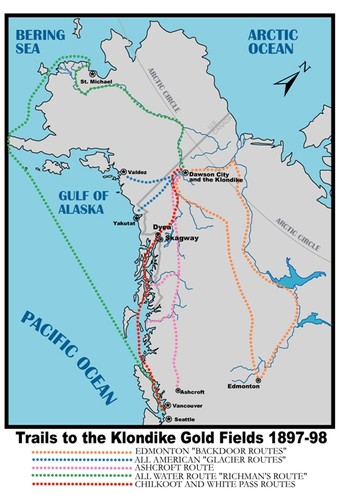
Backstory and Context
Text-to-speech Audio
In August of 1896, three men in Alaska uncovered gold nuggets in a tributary of the Klondike River. This river, which would be named Bonanza Creek, was soon overrun by prospectors who hoped to find gold of their own. Over the next several months the finds from this region would trickle into Seattle and San Francisco, alerting the population about the amount of gold that existed in the far North. This development would spur one of the most drastic gold rushes in North American history, instigating hundreds of thousands to make the trek north, motivated by widespread and rampant poverty, and the sense of adventure the journey promised.
The trip to Klondike began in the Alaskan towns of Skagway and Dyea. From there, treasure seekers set off on a 600-mile journey to the goldfields. However, the weather on route to the goldfields, and once in the region itself, was unlike anything many of the people had ever experienced or were able to prepare for. For months the trekkers traveled on foot, carrying a year's worth of supplies on their backs, over snow-covered mountains, up river in handmade boats, and across unsafe ice and other obstacles. Death was rampant from malnutrition, disease, avalanche, hypothermia, murder and suicide.
Of the nearly 70,000 people who attempted to reach the Klondike region, only hundreds ever found enough gold to be considered wealthy. Lasting only several years, the Klondike Rush ended suddenly, as the majority of men recognized the lack of available resources and prepared to return home, the majority of them broke. However, the era is known as a significant North American adventure, one of the grandest and most memorable of the late 19th century.
Sources
"Cadillac Hotel." Historic Seattle. Accessed March 20, 2017. https://historicseattle.org/project/cadillac.
"History and Culture." Klondike Gold Rush - Seattle Unit National Historical Park. National Park Service website. Accessed March 20, 2017. http://www.nps.gov/klse/historyculture/index.htm.
